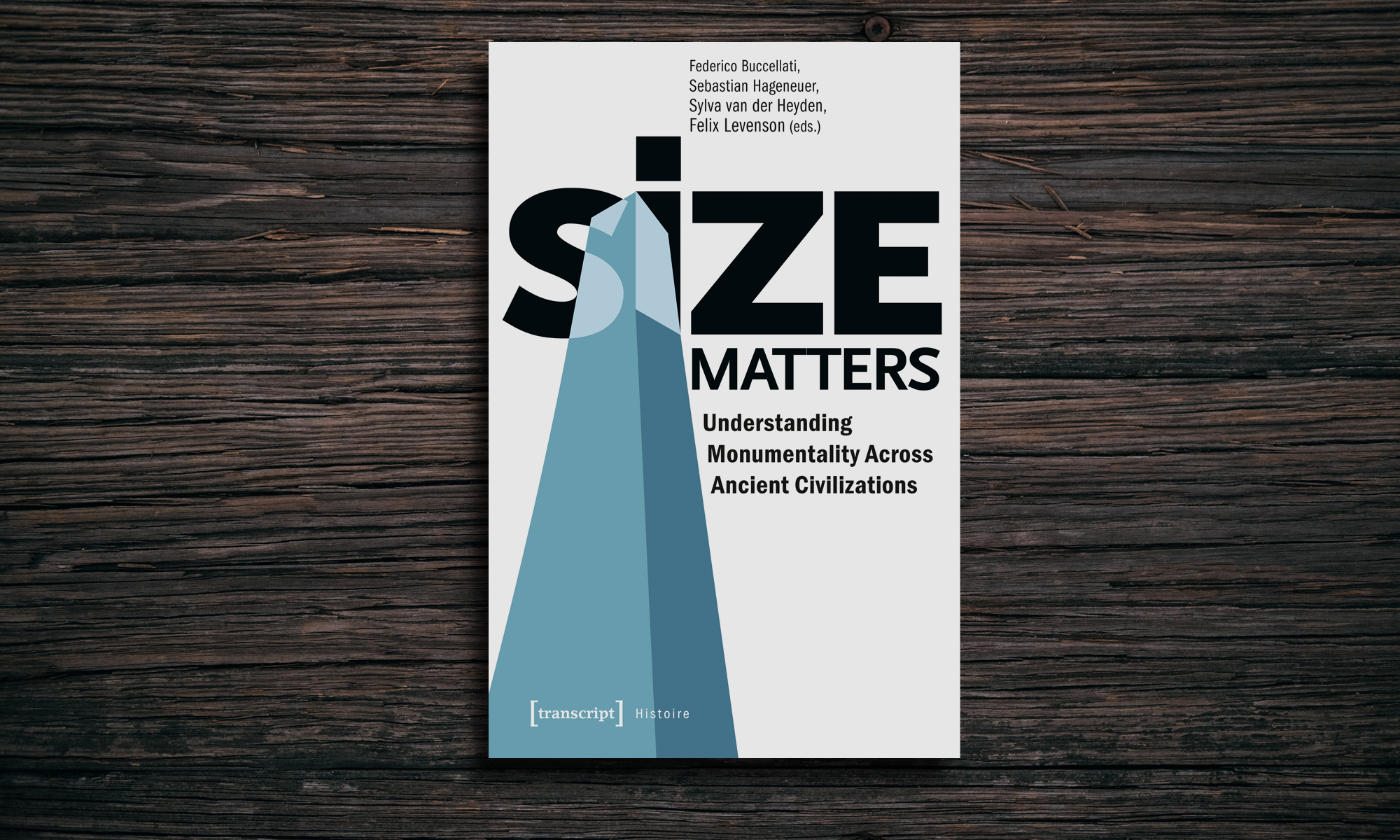Monumentality in Archaeology: Size matters
I wasn’t paying much attention back then. In 2017, I was invited to give a talk about some of the work I had done before on monumentality. This work involved calculating the building materials used in ancient Sumerian architecture. In other words, I reconstructed and calculated which materials were used for what purpose. Monumentality in archaeology is interesting. For instance, you can calculate how many people you need to build something. You can also calculate how long it will take to make something if you have a specific number of people.
However, when the two days of discussing monumentality were over, I was still sitting at the table. Some of the participants and the organisers were with me, some of whom I already knew. They were discussing if and how they would publish the workshop. One of my former professors asked me if I would be interested in joining the group of editors. I thought editing a book would be fairly straightforward: I would review some of the articles and it would be a good addition to my CV. Boy, was I wrong.
Editing a volume
Editing a book is more than just reviewing articles. It also involves regular meetings with other editors, writing introductions, organising deadlines and making editorial decisions. This is true for archaeology and other sciences. The work was interesting, but being an editor is not well paid. You have to do it alongside your day job and you don’t get paid. The reward, however, was a book with my name on it. The book has several introductory chapters by the editors and some responses by invited authors. We tried to find a definition of what monumentality is and what it was like in the past. The second part of the book has projects from around the world that tried to answer the same question. Monumentality was not the same in every culture at every time. Even today, we are not sure how to approach it.
Monumentality in Archaeology
Let’s take a look at something obvious, like Mesopotamian Ziqqurrats. If we imagine what they looked like, we probably agree that they were impressive monuments. However, one person who wrote about them shows that they were relatively cheap for a Mesopotamian king to build. Knowing this, we might also ask how the Mesopotamians perceived the Ziqqurats themselves. The author suggests that building monuments was like occupational therapy, keeping people busy in times when there was no harvest.

The publication
The articles cover lots of different civilisations and time periods. If you are interested in this topic, this book gives you a good overall view. It is a good sequel to Osborne’s Approaching Monumentality in Archaeology (2014) and shows different ways to understand monumentality.

Buccellati, Federico, Sebastian Hageneuer, Sylva van der Heyden, and Felix Levenson, eds. 2019. Size Matters – Understanding Monumentality Across Ancient Civilizations. Histoire 146. Bielefeld: Transcript. -> Open Access PDF






